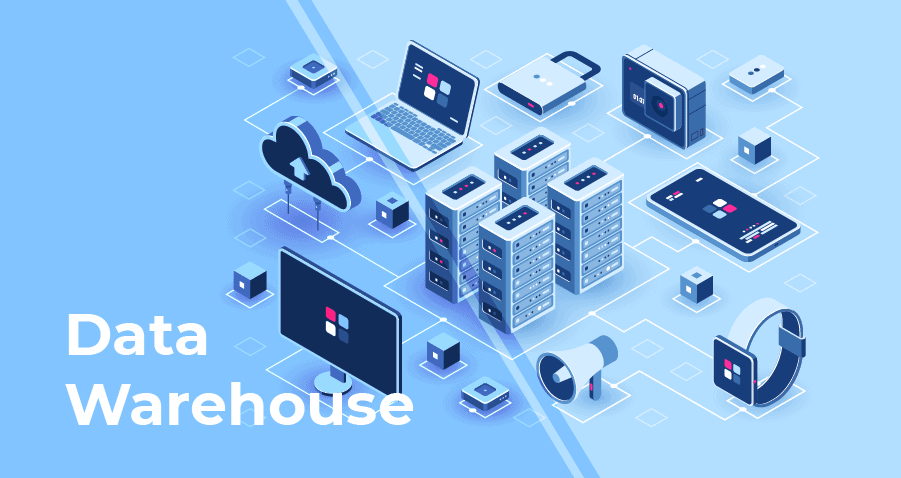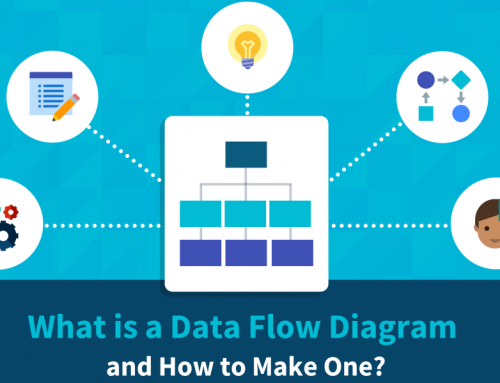Data Warehouse Environment Modernization Tools and Tips
Data warehouse has a long history, and the basic idea here is that most businesses build various applications to automate their basic business processes, and these business processes evolve independently, resulting in multiple versions of data. In the past, inconsistent data has been a headache for those trying to understand sales revenue or profit margins across different product lines or regions.
In essence, the original concept of a data warehouse is to replicate critical data from various transactional systems, resolve inconsistencies and produce clean datasets that are easy to analyze. This process is usually done using regularly running programs that will keep the data warehouse up to date as new data is ingested.

Data Warehouse Environment Modernization
History of the Data Warehouse Environment
There are many components required here to ensure the proper functioning of the data warehouse environment. It requires data extraction procedures, and the data warehouse must be designed with its own schema. Modern data warehouses also require additional procedures to resolve competing versions of background data through business rules to determine the hierarchy of major versions of the data.
The historical challenge here is that a data warehouse is akin to a building built on a constantly changing underlying operating system. When major changes to these systems occur (such as a reorganization or business acquisition), the structure of the data warehouse needs to change to reflect the underlying business changes. If the pace of business change is too rapid, the data warehouse can become unreliable for a period of time, undermining business people’s confidence in it.
To solve this problem, data marts came into being. However, unless data marts are synchronized with the data in the data warehouse, they may compete with it and produce multiple versions of the data. To address this instability, various data warehouse designs began to emerge, including star schemas, snowflake schemas, and others advocated by technologists Bill Inmon and Ralph Kimball.
Then the field of master data management began to emerge, with businesses looking to collect increasingly complex sets of business context data, often with separate databases that work in tandem with data warehouses. Competing for different versions of product hierarchies requires business input, so that data governance in the data warehouse provides processes for business control of such master data.
In addition to the sheer amount of data, the added complexity is also an issue. Eventually we started to see more complex query and analysis tools, which themselves often required their own metadata layer to represent the business view of the data warehouse.
At the same time, extract, transform, and load (ETL) data has given rise to an industry of data integration tools. These tools automate the process and have their own proprietary scripts that add additional components that need to be processed in the data warehouse environment.
Data Warehouse Modernization
For many years, attempts have been made to organize the components of an enterprise data warehouse environment. To modernize increasingly complex data warehouses, vendors try to produce pre-built templates and data warehouse generators, examples of which include Idera, Magnitude, and Attunity. Despite success in some use cases, none of these have achieved market dominance.
In addition, DevOps and DataOps are dedicated to helping the data warehouse schema evolve and other aspects of making the data warehouse environment function in a controlled manner.
Despite the enormous efforts of innovative vendors, there are no shortcuts to data warehouse modernization. Large enterprises have invested heavily in enterprise data warehouses and their associated environments, but the sheer volume of processes, procedures, scripts, and schemas remain significant obstacles to moving forward. Another hurdle is overcoming the inertia of current practices by database administrators and IT staff.
Migration is difficult because most of the enterprise’s analytics rely on data warehouses. Restructuring an operational data warehouse environment is like a mechanic trying to upgrade an engine for a moving car. Nonetheless, data warehouse automation tools and the modern DataOps marketplace are doing their best to help businesses modernize their data warehouse environments.
Conclusion
Thank you for reading our article and we hope it can help you to have a better understanding of the data warehouse environment modernization tools and tips. If you want to learn more about data warehouse, we would like to advise you to visit Gudu SQLFlow for more information.
As one of the best data lineage tools available on the market today, Gudu SQLFlow can not only analyze SQL script files, obtain data lineage, and perform visual display, but also allow users to provide data lineage in CSV format and perform visual display. (Published by Ryan on Jul 3, 2022)
If you enjoy reading this, then, please explore our other articles below:



